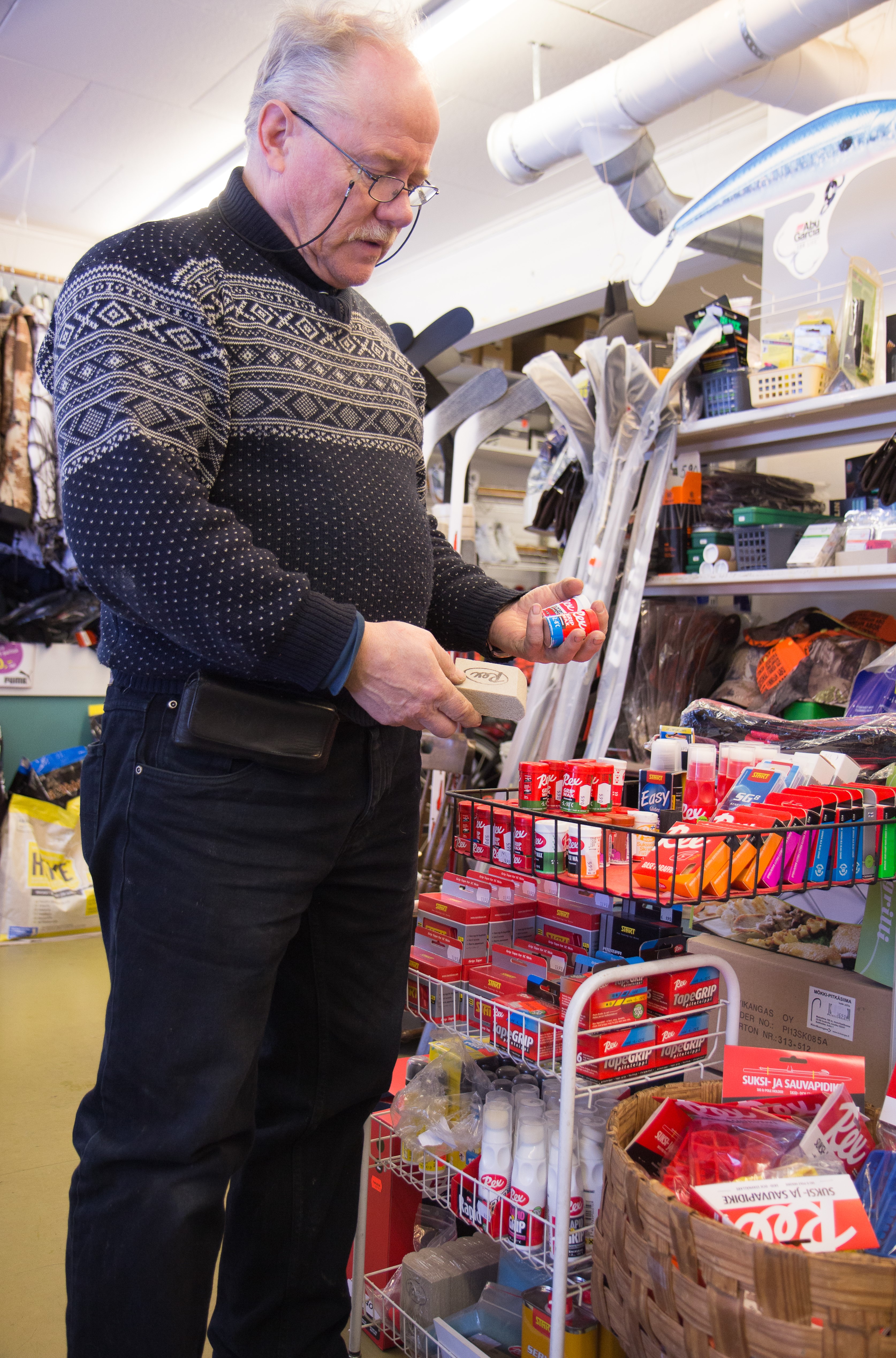UK Luxury Brands Face EU Export Challenges Post-Brexit

Table of Contents
Increased Customs Costs and Delays
Brexit has significantly impacted the cost and speed of exporting luxury goods from the UK to the EU. New customs procedures, tariffs, and duties have dramatically increased the financial burden on UK luxury brands, squeezing profit margins and impacting competitiveness.
- Increased paperwork and administrative burden: The sheer volume of paperwork required for customs declarations has increased exponentially. This requires additional staffing and specialized software, adding significant administrative overhead.
- Longer transit times due to border checks: Increased border checks and inspections lead to delays, resulting in longer transit times and potential stock shortages. This is particularly problematic for time-sensitive goods like perishable items or those with limited production runs.
- Higher import taxes and tariffs impacting price competitiveness: Tariffs and duties on imported goods have increased, making UK luxury products less price-competitive compared to those produced within the EU. This can significantly impact sales, especially in price-sensitive markets.
- Potential for delays leading to stock shortages and lost sales: Delays at customs can lead to missed delivery deadlines, impacting customer satisfaction and potentially leading to lost sales and reputational damage.
High-end cars, for example, now face substantial delays and increased costs getting to EU showrooms. Bespoke clothing and other made-to-order items are particularly vulnerable due to their longer lead times and higher value. Smaller luxury brands, often lacking the resources of larger conglomerates, are disproportionately affected by these increased costs and administrative burdens.
Navigating Complex Regulatory Compliance
Meeting EU product regulations and standards post-Brexit presents a significant hurdle for UK luxury brands. The complexities of understanding and adhering to these regulations are substantial and demand significant investment in compliance.
- Understanding and adhering to differing labeling requirements: Different EU countries may have varying labeling requirements for ingredients, materials, and country of origin, making it crucial to understand and meet these specific standards.
- Compliance with EU safety and environmental regulations: Luxury goods must adhere to strict EU safety and environmental regulations, potentially requiring modifications to product designs or packaging to ensure compliance.
- Ensuring products meet specific EU quality standards: Meeting EU quality standards demands rigorous testing and certification, adding to both the cost and time required to bring goods to market.
- The cost and time involved in obtaining necessary certifications: Securing the necessary certifications can be a lengthy and costly process, requiring expert knowledge and significant investment.
For brands that heavily rely on "made in Britain" branding, navigating these regulatory complexities is crucial to maintaining their unique selling proposition and avoiding potential reputational damage. Non-compliance can result in hefty fines and the seizure of goods.
Supply Chain Disruptions and Logistics
Brexit has disrupted established supply chains and logistics networks, creating new challenges for UK luxury brands exporting to the EU. The complexities of moving goods across borders have increased transportation costs and logistical complexities.
- Increased transportation costs due to border complexities: Border delays and increased paperwork have added to the overall cost of transportation, squeezing already tight profit margins.
- Challenges in finding reliable and efficient freight forwarders: The increased complexity of EU exports has created a demand for specialized freight forwarders with expertise in navigating the new post-Brexit regulations. Finding reliable and efficient partners is crucial.
- Difficulty in managing inventory across borders: Managing inventory effectively across borders becomes more complex, requiring sophisticated forecasting and inventory management systems to minimize delays and stockouts.
- Increased risk of damage or loss during transit: The increased handling and border checks raise the risk of damage or loss during transit, requiring enhanced packaging and insurance solutions.
Robust supply chain management strategies are paramount to mitigating these disruptions. Some brands may consider relocating production or warehousing closer to the EU market to streamline logistics and reduce costs.
Protecting Brand Reputation and Consumer Trust
Maintaining brand reputation and consumer trust is paramount in the face of Brexit-related challenges. Negative perceptions of delays or difficulties can severely damage a luxury brand's image and customer loyalty.
- Addressing potential negative perceptions of delays or difficulties: Proactive communication and transparency with customers are essential to addressing potential concerns about delays or difficulties.
- Ensuring consistent quality and customer service across borders: Maintaining consistent quality and customer service is crucial to preserve brand reputation and build customer loyalty, despite the increased logistical complexities.
- Communicating effectively with customers about Brexit-related changes: Clear and timely communication with customers about potential delays, pricing changes, or other Brexit-related impacts is essential for maintaining trust and minimizing negative perceptions.
- Maintaining transparency about pricing and shipping costs: Openly communicating about the increased costs associated with Brexit can build trust and demonstrate a commitment to transparency.
Building strong relationships with EU distributors is crucial to navigate these challenges effectively and maintain a positive brand image in the European market.
Conclusion
The post-Brexit landscape presents significant challenges for UK luxury brands exporting to the EU. Increased costs, complex regulations, supply chain disruptions, and the need to maintain consumer trust demand strategic adjustments. To thrive in this new environment, UK luxury brands must proactively address the complexities of EU exports post-Brexit. Investing in effective supply chain management, ensuring regulatory compliance, and communicating transparently with customers are crucial steps for maintaining competitiveness and preserving the prestige of their brands. Understanding and mitigating these challenges will be key to continued success in the lucrative European market.

Featured Posts
-
 New Attempt To Break The Trans Australia Running Record
May 21, 2025
New Attempt To Break The Trans Australia Running Record
May 21, 2025 -
 New Dexter Funko Pop Figures Released
May 21, 2025
New Dexter Funko Pop Figures Released
May 21, 2025 -
 Premier League 2024 25 Champions Photo Gallery
May 21, 2025
Premier League 2024 25 Champions Photo Gallery
May 21, 2025 -
 Nuffys Dream Touring With Vybz Kartel
May 21, 2025
Nuffys Dream Touring With Vybz Kartel
May 21, 2025 -
 Klopp To Real Madrid Agent Comments Fuel Speculation About Ancelottis Replacement
May 21, 2025
Klopp To Real Madrid Agent Comments Fuel Speculation About Ancelottis Replacement
May 21, 2025
Latest Posts
-
 Huuhkajien Vahvistus Benjamin Kaellmanin Tarina
May 21, 2025
Huuhkajien Vahvistus Benjamin Kaellmanin Tarina
May 21, 2025 -
 Jalkapallo Kaellmanin Ja Hoskosen Puola Ura Paeaettynyt
May 21, 2025
Jalkapallo Kaellmanin Ja Hoskosen Puola Ura Paeaettynyt
May 21, 2025 -
 Benjamin Kaellman Huuhkajien Riveihin Potentiaali Ja Odotukset
May 21, 2025
Benjamin Kaellman Huuhkajien Riveihin Potentiaali Ja Odotukset
May 21, 2025 -
 Huuhkajat Kaksikko Kaellman Ja Hoskonen Etsivaet Uutta Seuraa
May 21, 2025
Huuhkajat Kaksikko Kaellman Ja Hoskonen Etsivaet Uutta Seuraa
May 21, 2025 -
 Kaellman Tuo Uutta Voimaa Huuhkajien Hyoekkaeykseen
May 21, 2025
Kaellman Tuo Uutta Voimaa Huuhkajien Hyoekkaeykseen
May 21, 2025
